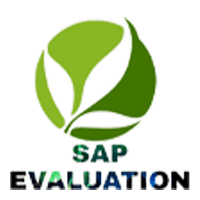The Substance Abuse Professional (SAP) program plays a critical role in ensuring safety and promoting health within workplaces, particularly those involving sensitive duties. If you’ve ever wondered how long a SAP program stay on your record, you’re not alone. This is a common question that often arises among employees and employers alike.
A SAP program typically stays on your record for five years. However, this duration can extend if you pause your safety-sensitive role for a certain period. This is a part of the Department of Transportation’s (DOT) regulations, designed to ensure the safety of both the public and the workforce involved in transportation.
When a DOT-regulated employee fails or refuses a drug and/or alcohol test, they must complete a process guided by a SAP before returning to any safety-sensitive duties. The SAP’s primary responsibility is to protect the public interest by evaluating the employee and recommending appropriate education and/or treatment, follow-up tests, and aftercare.
After the completion of the return-to-duty process, the violation record remains in the Clearinghouse for five years from the date of the violation determination, or until the violation is resolved, whichever is later.
It’s important to note that employers may not access your DOT drug testing results without your consent. The purpose of these protocols is to ensure privacy and confidentiality while maintaining a safe working environment.
while the SAP program and its consequences might seem daunting, they are designed with the best interest of everyone in mind. The key is to understand and respect the process, knowing that it’s there to ensure safety and health within the workplace.
Keep in mind that the SAP process is a chance for rehabilitation and recovery. It’s not a punitive action, but rather a supportive measure to help individuals return to their duties responsibly and safely.


